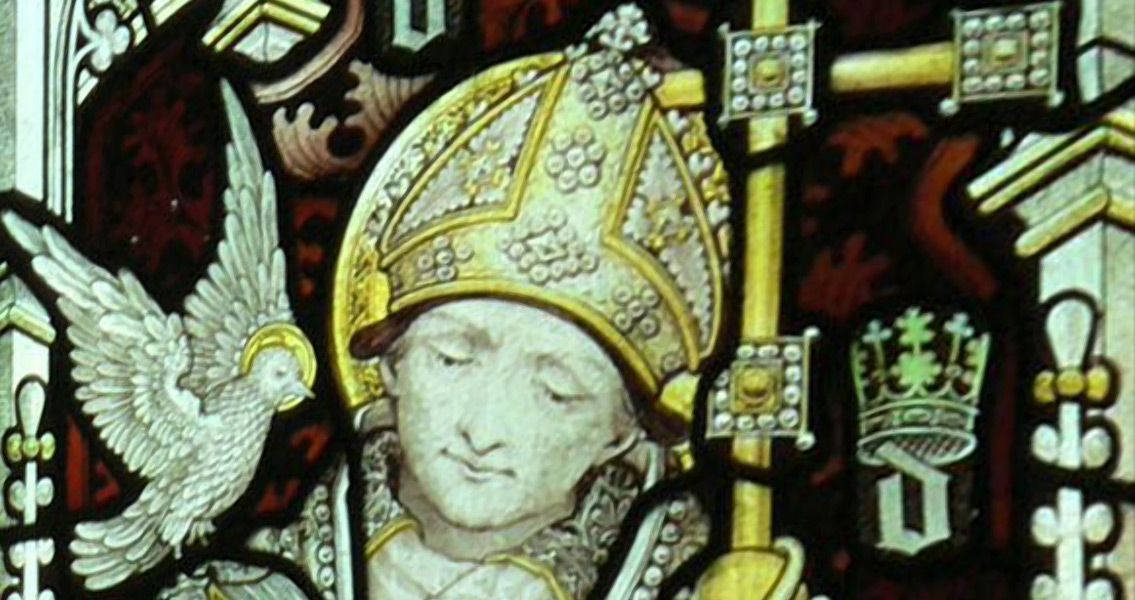<![CDATA[Burials found in St. Davids, Wales, at St. Patrick’s Chapel at Whitesands Bay, may date back to the sixth century – when the Patron Saint of Wales who the area was named after, St. David, was a local bishop. During the third and final round of excavations slated for the chapel, Christian burial sites dating back to the period were discovered. This new discovery pushes back the date of the site at least another hundred years, as the earlier digs found the skeletal remains of at least 50 individuals only dating back as far as the seventh century CE. Some of the people that were interred in St. Patrick’s Chapel were undoubtedly contemporaries of Saint David, Pembrokeshire Coast National Park Authority cultural heritage manager Phil Bennett told the BBC in a recent interview. In fact, St. David might have even been known to them personally, though the cultural heritage manager stressed that there’s no evidence that those buried in the sixth century were the bishop’s compatriots. Initial analysis of the remains has revealed a pattern similar to sites found in Pembrokeshire that turned out to be the final resting places of non-locals that came from continental Europe and Ireland, according to the University of Sheffield. This would have made the region of Whitesands Bay quite cosmopolitan, Bennett added. St. David, thought to have lived from circa 500 to circa 589 CE, was a bishop of the region that now bears his name. He was officially recognized by the Vatican in 1120 by Pope Callixtus II for the role he had played in helping to spread Christianity through Wales and for his leadership in bringing a simpler, more ascetic way of life to local monastic orders. St. David, as the Patron Saint of Wales, has his own flag – a yellow cross on a black field. The colors black and yellow have always been associated with the saint, but the flag, now popularized and often flown alongside the flag of Wales, may be a twentieth century conceit. However, there was a “pure banner of Dewi” associated with the saint as far back as around 930 CE and based on a Welsh poem calling for the Welsh to unite against the English. In fact, St. David has been associated with martial conflict more than once. Legend has it that before a battle against Saxon warriors, St. David told the Welsh defenders to wear a leek in their hat or armor to help tell friend from foe. The tradition survives, with many Welsh remembering to wear a leek every year on March 1st, the patron saint’s feast day. The practice was even immortalized in William Shakespeare’s Henry V, where King Henry is praised by a Welshman for remembering “to wear the leek on St. Tavy’s Day". So far, nearly 100 skeletons have been found across the three digs in St. David’s old stomping grounds. The excavation itself, spearheaded by the Dyfed Archaeological Trust, was launched in order to preserve the archaeological record; the initiative was prompted after fierce winter storms in 2014 eroded the soil so severely as to expose graves to the elements. The University of Sheffield, the Nineveh Charitable Trust, and Cadw co-funded the excavation efforts. ]]>
Burials Found in Wales Date to Time of Patron Saint
